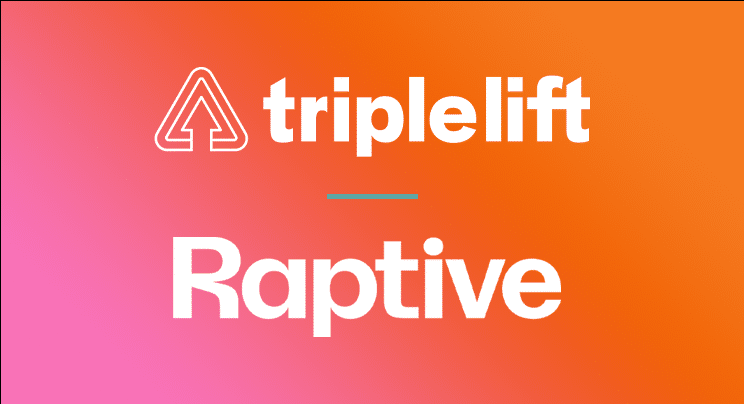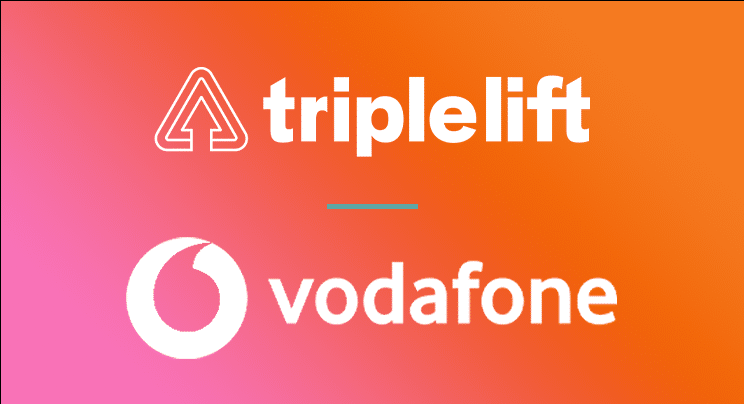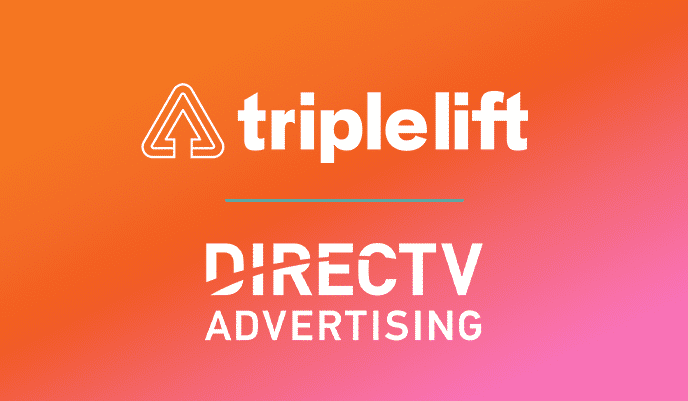After much anticipation across the industry, Apple is now giving users the choice to block the IDFA (identifier for advertisers) at the app level as part of its iPhone and iPad operating system update. What this means is that all apps are required to obtain user permission to collect and share a user’s data upon download. The move from an opt-out to an opt-in standard marks a sea change for addressable advertising on Apple devices.
We have been working to prepare for this since Apple first announced plans for the privacy-change over a year ago. And while there are still many unknowns, we are committed to helping our partners navigate these changes and limit the impact on their business.
Here’s a look at what we know now, and what publishers can do to prepare for the changes ahead.
- What do we know about Apple’s privacy policy changes?
In addition to giving users more control over their data by limiting the IDFA data available for attribution across mobile apps, Apple will provide a new attribution solution through its SKAdNetwork and App Tracking Transparency (ATT) framework.
- At the 2020 Apple Worldwide Developers conference in June, Apple announced changes to its App Store privacy guidelines.
- In addition to this policy change, Apple also required publishers to adopt a new framework, App Tracking Transparency, introduced with iOS 14.
- The most notable change announced is a new user permission requirement for IDFA collection, meaning users must opt-in to share their device’s advertising identifier for tracking purposes.
- As a refresher, IDFA provides a unique ID tag for devices to enable tracking, and therefore measurement.
- What is SKAdNetwork? And, what do you need to know about how to support it?
SKAdNetwork is a privacy-first method developed by Apple to help marketers measure the success of their campaign by attributing mobile app installs on Apple devices while giving app users the ability to set preferences for the use of a device identifier called IDFA. In the absence of IDFAs, Apple has provided the SKAdNetwork API as an attribution framework.
For publishers to ensure that they are able to support SKAdNetwork, make sure you are on the latest version of your advertising SDKs and confirm that they support the SKADNetwork OpenRTB signals. TripleLift will then indicate the relevant signals to demand partners.
For Publishers on Amazon Transparent Ads Marketplace (TAM), please log into your APS Pub Portal and toggle SKAdNetwork demand to ON for TripleLift.
Update your app’s info.plist file: Publishers should include the SKAdNetworkIDs of all DSPs to whom they want to sell to in their info.plist file. Please see all required TripleLift SKAdNetwork IDs here
SKAdNetwork ID Format: Apple’s requirement is that the SKADNetwork IDs in the PList should be in lowercase form i.e. 7ug5zh24hu.skadnetwork. Having a SKAdNetwork ID in uppercase can break tracking.
- What else can publishers do to prepare for these changes?
Publishers should determine how they are going to set up, test and manage their ATT prompts. Since a publisher only has one opportunity to prompt users to opt-in to sharing IDFA, it’s business critical for publishers’ to put their best foot forward.
Does your Mobile Measurement Partner (MMP) have A/B testing data you can leverage to increase your opt-in rates? Key examples that we recommend testing against include:
- Length of prompt (no one wants to read “a terms of service” prompt)
- Keywords and phrases such as “track” vs. “personalized”





